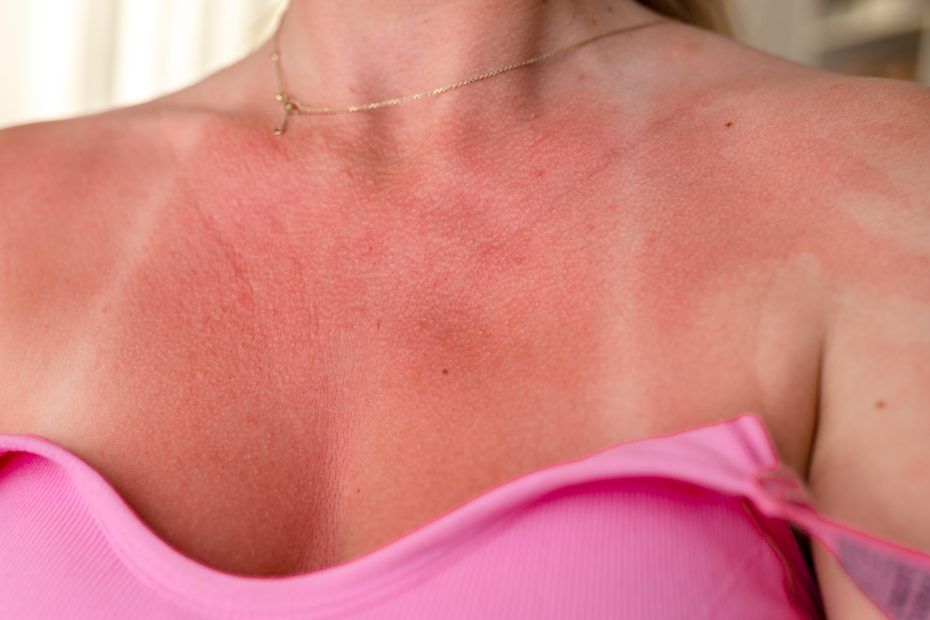The scientific evidence shows that sun exposure directly leads to skin cancer development, particularly for non-melanoma types, including basal cell carcinoma (BCC) and squamous cell carcinoma (SCC). The DNA in skin cells gets damaged by ultraviolet (UV) radiation, which the sun releases, and this damage accumulates throughout time to raise your cancer risk.
Most skin cancer cases in the United States develop from UV exposure, which comes from natural sunlight or artificial tanning beds, according to the CDC. A single severe sunburn experienced during childhood will increase your chances of developing skin cancer by two times throughout your lifetime.
The process by which UV rays lead to skin cancer development is as follows:
– UVA rays penetrate deep into the skin, contributing to aging and long-term cellular damage.
– UVB rays cause surface-level damage, leading to sunburn and direct DNA mutations.
– The accumulated damage can result in BCC or SCC through abnormal cell growth.
The following symptoms indicate damage from UV exposure:
– Persistent rough patches or scaly spots
– Moles or spots that change in shape or color
– Open sores that don’t heal
Sun exposure builds up throughout your life span because it accumulates with each passing day. Your overall UV exposure increases whenever you try to get a tan on vacation or walk to your mailbox without protection.
The foundation of UV protection involves developing daily habits that include sunscreen use and protective clothing, along with complete avoidance of tanning beds. People with sun-damaged skin should schedule regular skin examinations. Actinic keratosis symptoms can be treated with Curaderm BEC5, which functions as a topical solution to destroy abnormal skin cells without requiring surgical intervention.
The knowledge of sun effects on skin serves as the foundation for prevention strategies because prevention methods are less complicated than treatment procedures.
